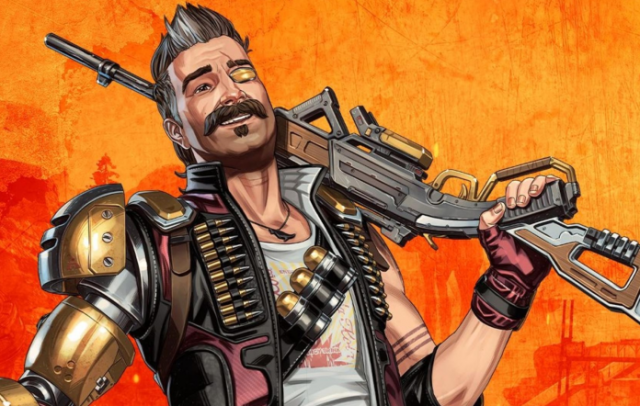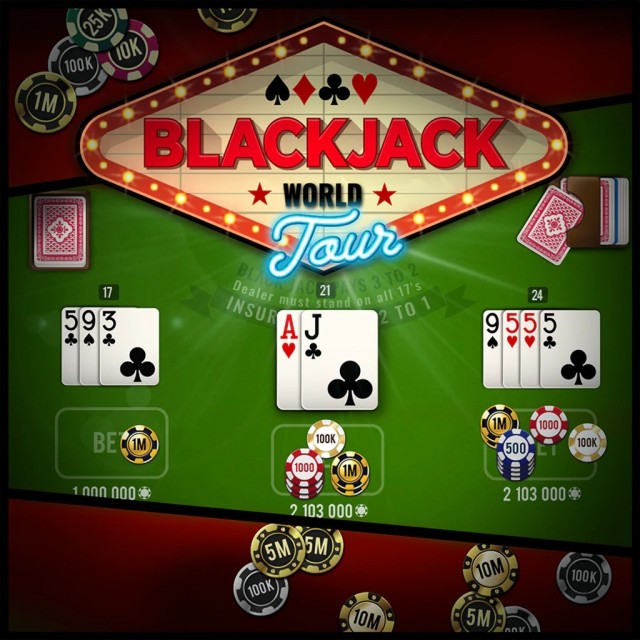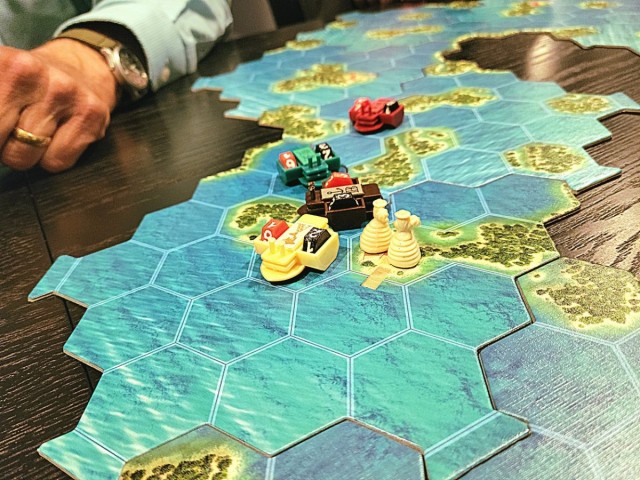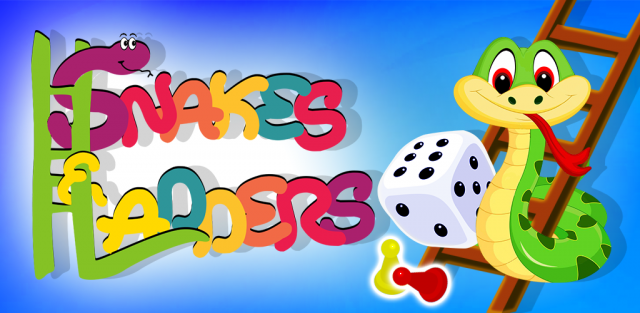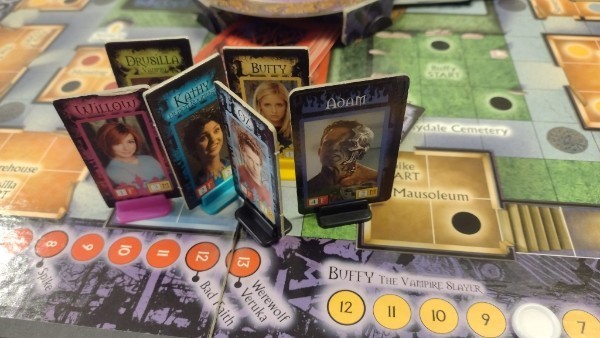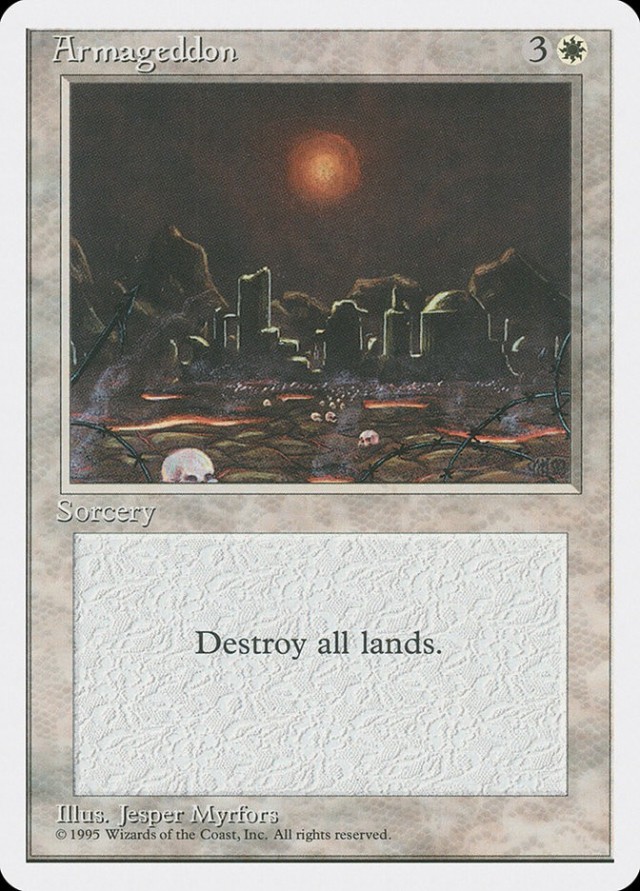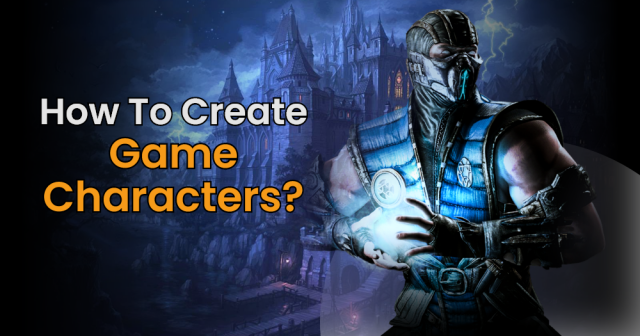Review of French Tanks of World War I (Osprey New Vanguard)
by Stephen Zaloga
When we think of WWI we sometimes forget that the French were bearing the brunt of the German onslaught and later of the battles to kick them out again. Similarly, when we think of WWI tanks, we see a British Mark IV tank. However, despite a slightly later start the French came up with their own tank designs, which were first deployed in April 1917 (ie 7 months after the Brits). It was a delirious failure, but the French learned and went back to the drawing table. They then put out thousands of smaller tanks by 1918 defining the future of tank design.
Zaloga's booklet is a fine introduction to development of tanks in France during WWI. The book takes a chronological approach, covering the saga from angles of technology, available resources, tactical considerations and political opposition.
From a tactical viewpoint the French first got of the wrong start, building the heavy Schneider and St Chamond tanks, that were too slow, vulnerable and unable to lead the infantry through enemy trenches. Their deployment in the spring 1917 offensive was a disaster.
The Renault FT was a much more promising approach, gaining speed and mass. However, competition for scarce strategic resources meant that until the fiasco of the Chemin de Dames the development of the FT was held back. Even then political opposition delayed the programm so that only by spring 1918 did the tank become available in serious numbers.
The German spring offensives then disturbed the training of tank crews and subsequently forced their premature deployment in localised counterattacks, rather than the big breakthrough that the French tank theorist Estienne had envisaged. Nevertheless, on a few occassions in July and September the French were able to deploy close to 400 tanks in one attack. This was not only a triumph of industrial production, but also of battlefield logistics.
However, Zaloga claims the prime determinant of tank success seems to have been training of tank-infantry co-operation. Well trained infantry could achieve excellent results with the Schneider and St Chamond at Malmaison, while infantry needed experience with the Renault to really explore its potential.
On the other hand the ample supply of tanks was of great psychological benefit to the troops. The French high command was very conscious of this after the 1917 mutinies and tried to ensure that as many attacks went in with tank support.
Mechanically, many technical imperfections remained even in the later models so that the operational armoured breakthrough never became a realistic goal. Breakdown rates still ensured half of the forces involved would be hors de combat at the end of the first day and no infrastructure was available to sustain attacks over long distances.
All in all a very readable book with ample illustrations. Zaloga obviously knows his tank stuff.
Personal peeve is that most images of the Renault FT are of the American Expeditionary Force, which probably does no harm to the tank types used, but feels a bit strange as the vast majority of tanks was used by the French.
One question that also goes unanswered is how the tank development affected French operational theory. From Verdun on the idea was that artillery conquered terrain and the infantry occupied. Tank tactics must have had an effect on this.
 Games
Games How to resolve AdBlock issue?
How to resolve AdBlock issue? 